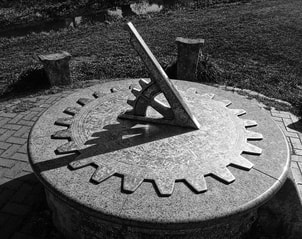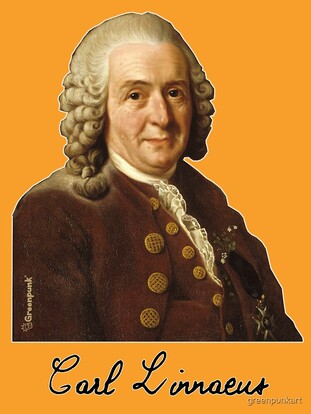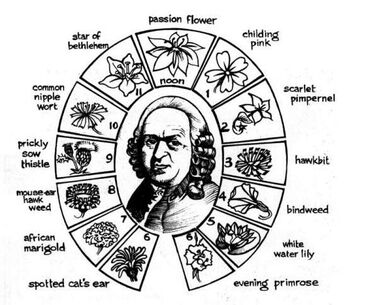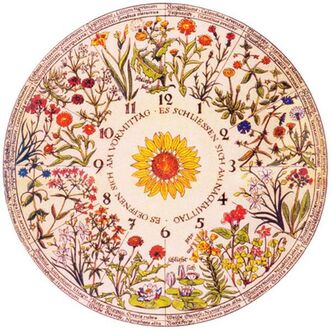Can I make a ‘Flower Clock’?
Can I use it to tell time?

Can you make a ‘Flower Clock’ that will tell you what time of day it is? (Don’t be confused by flower clocks you may see pictures of on Instagram for sale to hang on your wall. Those are dry flower arrangements that may not be of any help to you in your garden). If you are interested in creating your own garden which will tell you what time it is as you take a peaceful walk amongst the blooms, then you will have to research the flowers and the times they bloom for your specific area. Local conditions will dictate the hourly blossoms.

Carl Linnaeus was born in the Swedish province of Smaland in 1707, well over 300 years ago. At this time, botany was an important part of medical training, as doctors had to be familiar with many types of plants and their medicinal effects in order to treat their patients. Plants had only a description in Latin at that time. He finished his medical degree in the Netherlands at the age of 30. Afterwards he enrolled at the University of Leiden and wrote his famous SYSTEMA NATUARE - a new way of classifying living organisms. Over the years he revised this classification system, which soon became a huge multi-volume work. So the Linnean Society of London was founded to pursue his scientific work.

He might not have been the first person though to observe that various plants open at specific times during a day. As early as Alexander the Great, one of his admirals - Androthenes, noted that the Tamarind tree leaves opened in the day and drooped closed at night. There were many more that observed that plants behaved differently over a daily (diurnal) cycle (e.g.- Pliny the Elder and Albertus Magnus). In fact most living things have built in circadian (around a day) rhythms that govern when we sleep, when we wake, when we eat, etc.

If successful you might look out the window, look at your flowers and know it is about 7.20 in the morning because only one flower is willing to welcome one particular insect.
So if you feel confident in your gardening skills and want to take up the challenge of creating your own local Flower Clock, it might just add a new dimension to your day.
If you are lucky enough to be attempting to get your children interested in gardening, there is a nice video on YouTube posted by the Linnean Society explaining the concept (and difficulty) of telling time with plants, which your children would enjoy - and you might learn something about insects as well:
https://www.linnean.org/learning/media/videos/curious-cases/flower-power-time


 RSS Feed
RSS Feed